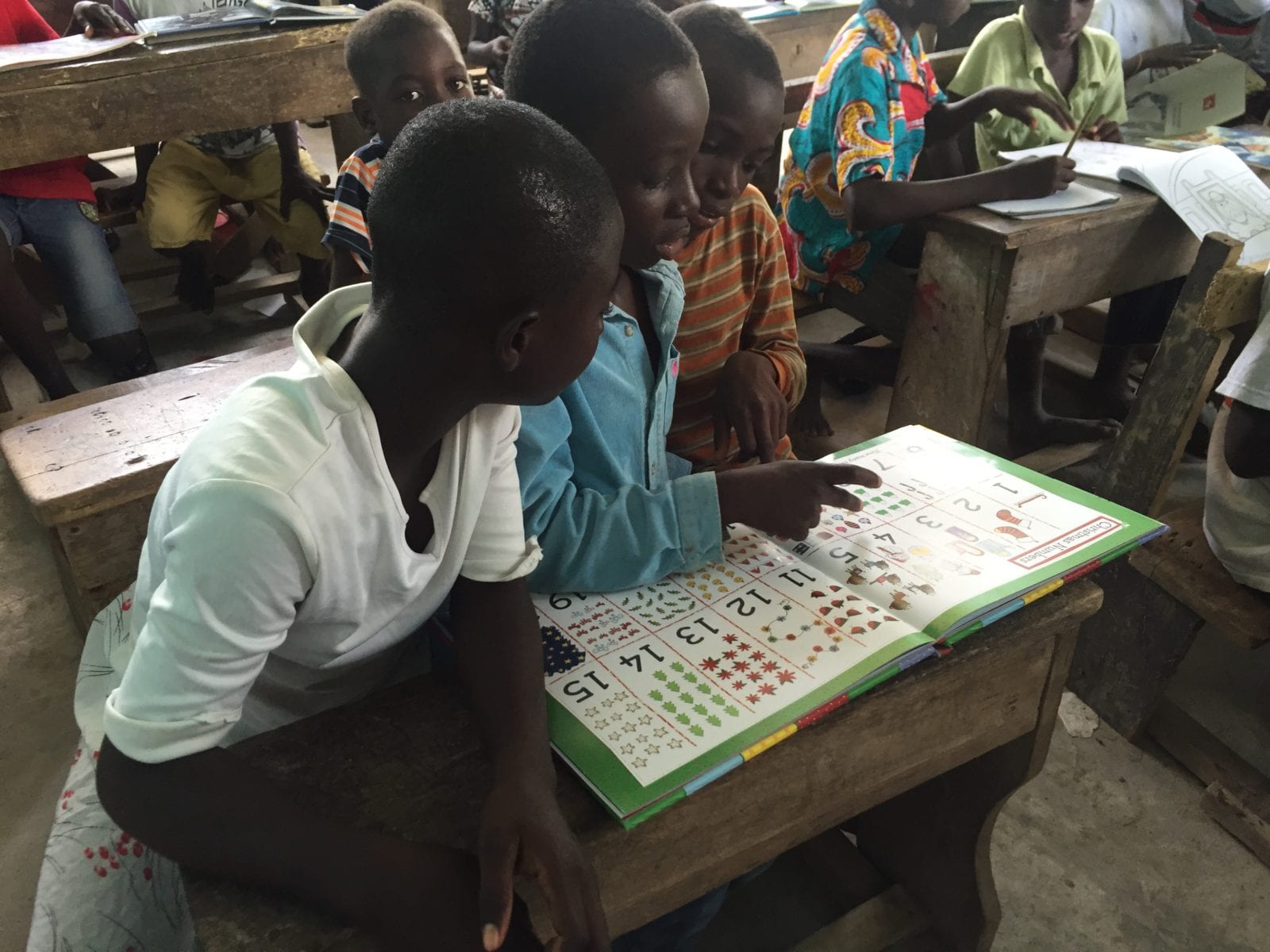A task completed in a community service session with girls at ASA on 31st October
The concept of Reading Spots is very fluid. As a charity we basically aim to improve educational opportunities for children in rural areas in Ghana through the creation of ‘Reading Spots’ which will contain books; but, we also hope the ‘Spots’ can serve a number of educational functions once they are created. It is very important to us that problems are identified and solved by Africans, for Africans – we simply want to be the facilitators.
TASK 1: Therefore, to help us consider what the issues are, I would like you to consider the particular challenges relating to education in some way, faced either by yourself in your home country, or by others that you have knowledge of. This should be in a rural area due to the focus of Reading Spots. Please describe the issue in some detail. You have 5 minutes!
If you have finished quickly, write another challenge that you are aware of or that has affected you!
For example: ‘When I was in Junior High School, I wanted to study, but I didn’t have a place to study, and my house was always busy with many people creating much noise, so I found it difficult to learn. This had a negative impact upon my studies due to my failure to concentrate.’
TASK 2: With a partner, comment on two of the challenges which have been presented, offering a solution to their problem that you think Reading Spots could play a role in providing.
For example (in relation to above): ‘I think that the ‘Reading Spots’ could provide a place for students to study at night and during the weekends, where they have light, a fan, and a desk, which will provide them with the conditions and environment to be able to focus on their studies.’
While thinking of the solution, consider: what makes a solution a good solution?
The ASA girls decided:
- The solution must be directly targeted at the specific problem.
- The solution must be realistic – i.e. it could be quickly put into practice.
- The solution is inline with the capacities and funds of the Reading Spots charity.
- The solution should consider the long-term.
- The solution should be sustainable – ideally self-sufficient in some way and not reliant upon ongoing aid.
- The solution-maker should consider other possible consequences of the solution that might not be initially visible, and may be less positive.
- The solution should not harm the environment in any way.

